Writing Fiction with a Filmmaker’s Eye
On Throwback Thursdays, we’re looking at excerpts from past posts on Live Write Thrive. Today’s post comes from How Novelists Can Use a Filmmaker’s Eye. Film technique is overlooked by most fiction writers. But it can be so powerful, and readers, used to cinematic storytelling, respond and resonate with such technique.
We’re now going to spend quite a few weeks looking at the purview of filmmakers. Why? Because there is so much more to “shooting” a story than the choice of camera shot.
Filmmakers are also concerned with the design of shots. They are artists with a creative sense of composition, and their aim is to arrange their compositions in ways that will evoke emotional reactions from the viewer. The movie screen is their palette with which they paint visual pictures, and the “colors” on their palette are the various camera shots they choose from to create just the effect they hope to achieve in each segment they shoot.
In addition to using specific lenses, they consider lighting, the positioning of the camera for subliminal or subconscious effect, shapes and colors that lend toward thematic and symbolic imagery, music and sound effects to enhance the desired mood, and special effects like lens distortion or the speeding up or slowing down of the shot to tweak the sense of time passing.
So many factors come into play in creating a beautifully composed segment or scene. And novelists can learn much from the way filmmakers deftly utilize all these components.
Making Shots Resonate
Why do certain shots resonate with us when we watch movies? Have you ever been awed by a special moment in a film—not because of the plot or the acting but due to the visual impact of the composition before you? Often this happens at the “high moment” of the scene, when the camera pulls back and we’re shown something profound, or it may be due to the combination of elements and colors that a deep poignancy has been conveyed.
I think of movies like Hero and Crouching Tiger, Hidden Dragon with their gorgeous scenes drenched in color that go deep into symbolism and evoke emotion, enhancing the action shown on the screen.
Gustav Mercado discusses the film Up in the Air in his book The Filmmaker’s Eye. He tells how he and some friends discussed the movie after seeing it, and they noticed they had all been struck by a particular moment in the movie. A character named Natalie is sitting in an empty room full of chairs after a number of employees have been fired (which she was partly responsible for). The composition itself is symbolic, the filmmaker doing more than just using a simple Wide Shot to create effect. Here are some of the things these viewers noticed about the composition of the shot:
- Having her be the only person in a room full of empty chairs emphasizes the scope of the “damage” done (the large number of people fired).
- The shot is taken from an elevated angle, looking down on her, which makes her seem small and lonely. The emotional effect of this angle “makes her look defeated, vulnerable, and distraught.”
- The high angle allows the viewer to see all the chairs (whereas if the shot had been taken at eye level, many of the chairs’ backs would block each other and Natalie.
- The chairs are mostly facing in a way that seems as if they are pushing her into the corner, physically and emotionally. This works as subtext against what she says when she’s picked up by her friend (implying she’s fine, when she’s not).
Every Aspect of a Scene Should Enhance Story
Mercado says, “This comprehensive and integrated conceptualization of every shot in your film is essential to truly harness the power of this art form and connect with the audience. . . . You want to create compositions that reflect meaningful aspects of your story. You need to think about your story in a cinematic way, to create shot compositions that visually emphasize significant plot details, as well as its themes, motifs, and core ideas.”
Wow, this is a tall order. And novelists, like filmmakers, should have a similar vision for their work. That is, if they really want to create powerful, moving stories that excite readers. There is so much more to telling a story than just, well, telling it. Or even showing it. By putting on your filmmaker’s hat you can extend and enrich your technique to include the cinematic secrets great filmmakers know about and use very consciously.
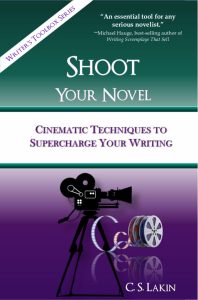 Want to learn more about using cinematic technique in your story?
Want to learn more about using cinematic technique in your story?
Shoot Your Novel is a unique writing craft book that covers this topic as no other book or course does!
Read what top Hollywood screenwriting consultant and story master Michael Hauge says about Shoot Your Novel:
With Shoot Your Novel, Susanne Lakin does something wonderful and unique. While lots of us in the business of helping writers and storytellers recommend adding vivid images to scenes, Lakin goes much further to reveal how employing the tools and techniques of movie directing, editing and cinematography will give your fiction deeper meaning and greater emotional impact. Her book is an essential tool for any serious novelist.
Here are some of the things you’ll learn:
- The real secret to “show, don’t tell” and how it’s all about “the moment”
- More than a dozen “camera shots” novelists can borrow from screenwriters and directors to create powerful, active scenes
- Instruction on how to piece camera shots together to create cinematic scene segments
- Examples from novels and screenplays showcasing each facet of cinematic technique
- How to devise a thematic image system of key shots, motifs, and images
- Ways to use colors, shapes, sounds, and angles for purposeful subliminal effect
Get your copy in print or ebook HERE.
Can you recall any special moments in a recent movie that stand out? Ones that struck you due to the composition of the scene? If you were asked to tell what one moment in each film was visually significant or impressive, what would you answer? Think about your answer and ponder the elements shown in those scenes that had an impact on you. Share your thoughts in the comments!

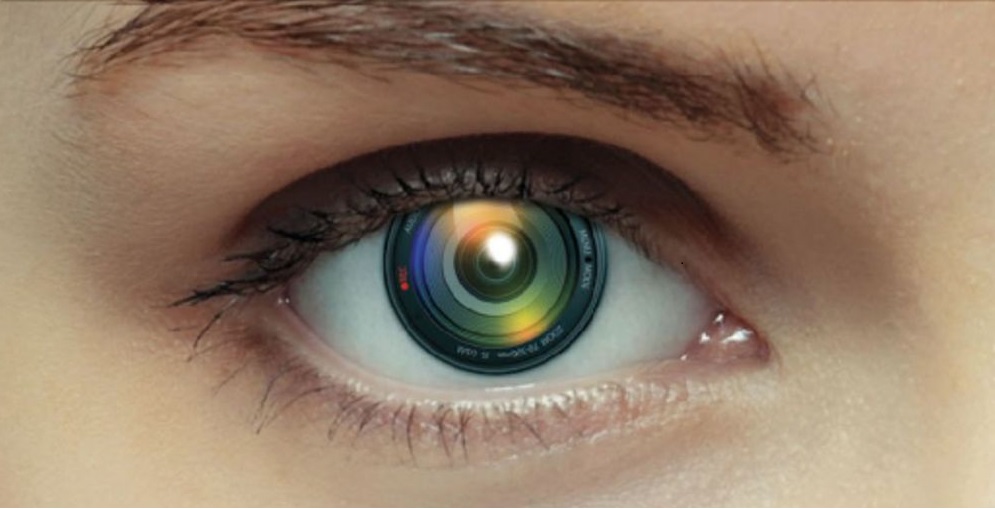
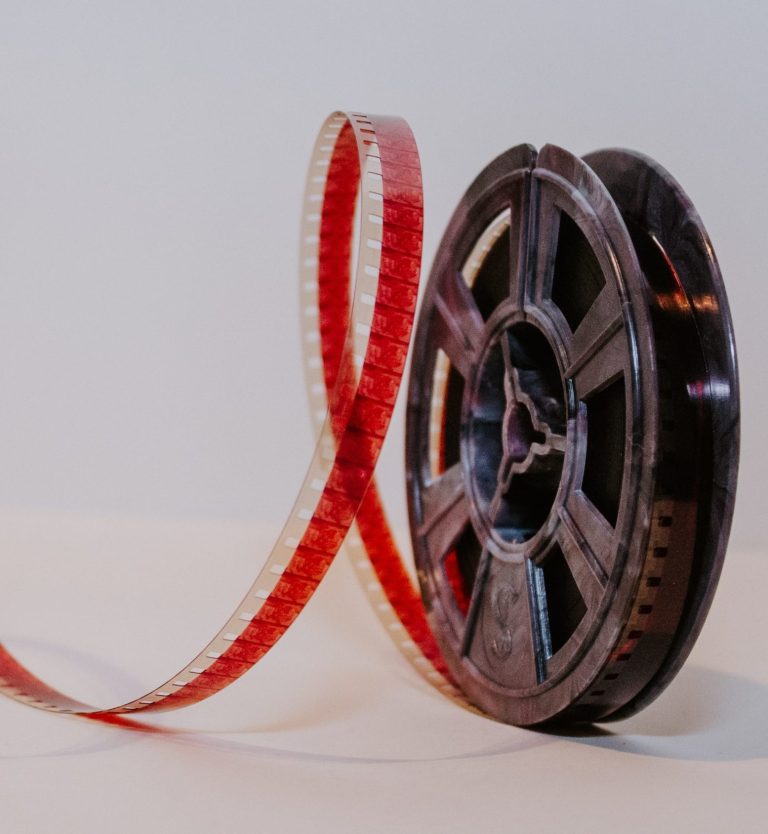
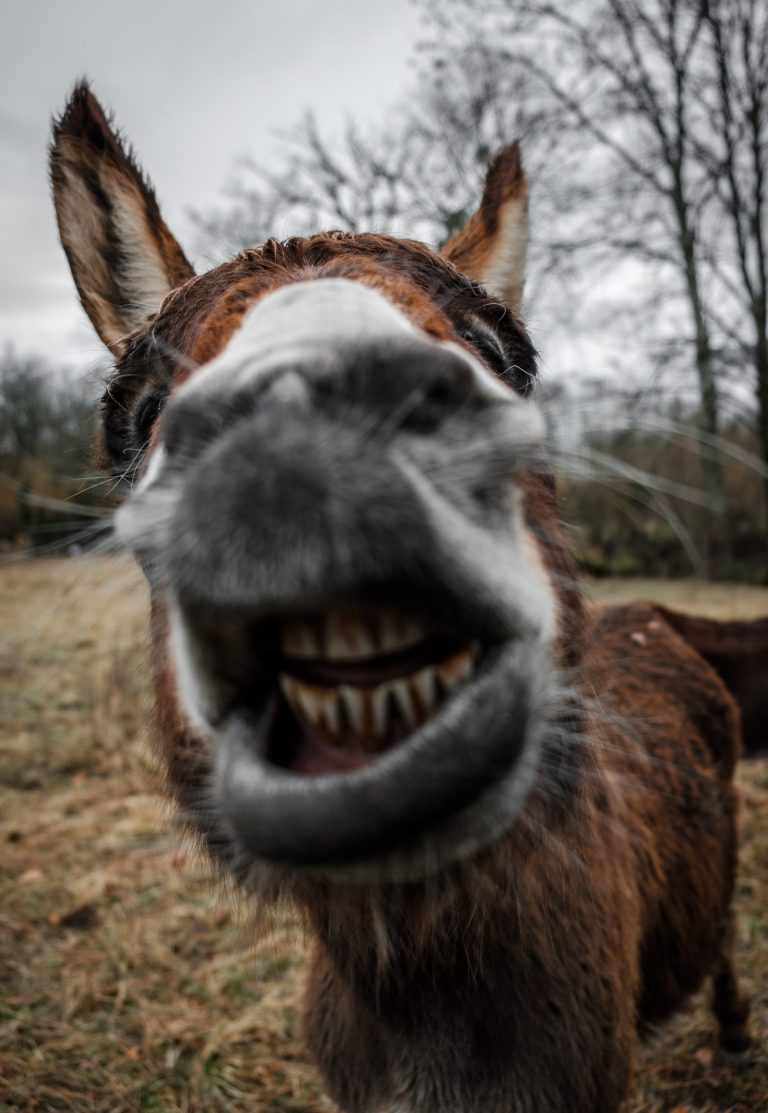
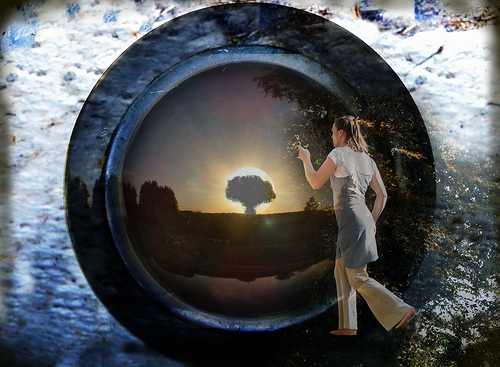
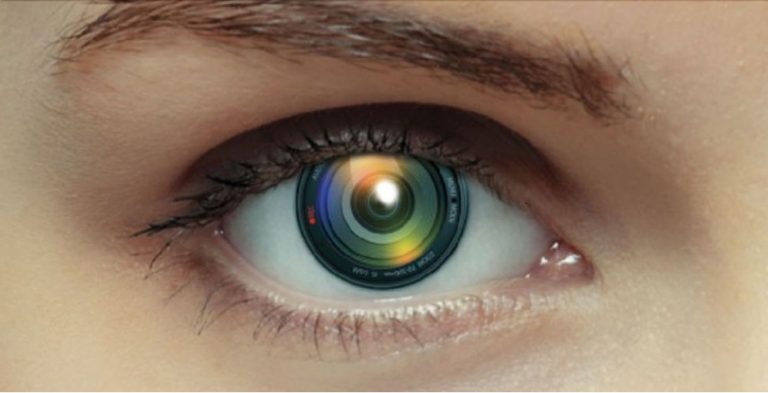
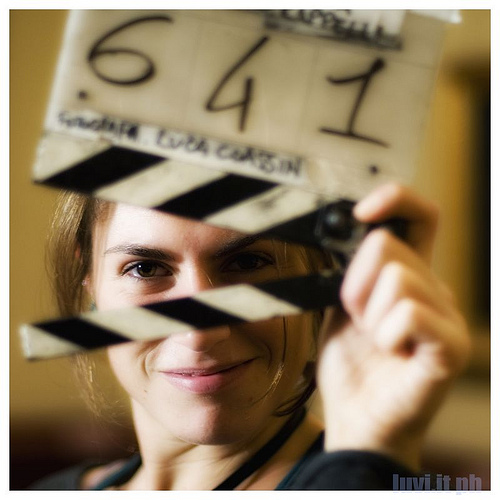
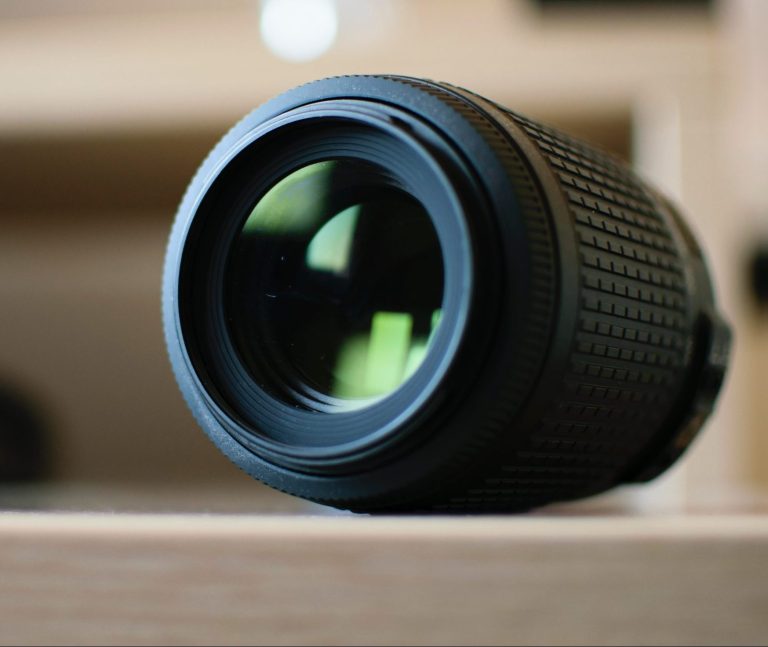




The most emotional and telling moment for me in watching “The Imitation Game” is when Joan visits Alan in his apartment years after the war, and after his conviction for indecency. She is married, and happy, and immensely compassionate on his behalf. What hit me as they talked was the scattered clutter of his apartment and Alan’s unkempt appearance, but not just for their own sake. Each object brings out the devastation of how he is living, the ravages of the forced medication, underlining the injustice of it, but also the palpable feeling of lost hope. The presence of his device filling an alcove shows where his heart lies still, in lost love as well as lost dreams. Everything in the scene, brief as it is, conveys an endgame for a beautiful soul.
Hello Susanne,
Thank you. I have been following your blog for about nine months. I have also bought your books and your book The 12 Key Pillars of Novel Construction is a gem. I am using it now to help me revise my first manuscript.
I don’t usually respond to your posts because I don’t take the time, but I want to say thank you. I want to take your video course if it is still being offered after I finish NaNo this month, and I will also take advantage of your critiquing service once I have revised my first fifty pages.
Shalom aleichem,
Patricia
I was just thinking about this yesterday. I was watching the movie “Run Lola run” and they did these marvelous scenes. They Show the whole story without resorting to bad tropes (while subverting so many) or clunky dialogues. I agree with you, we have a lot to learn from them.
I love that movie! Great example.
One great example of cinematic visuals can be seen in ‘The Graduate’. I discuss that here: https://mawrgorshin.com/2015/01/20/analysis-of-the-graduate/
I have never formally studied cinema or filmmaking. But I agree with the principle of using filmmaking to enhance one’s fiction writing. Of course a single camera shot effects a viewer on so many different levels (including via the subliminal and the subconscious) in a way that’s difficult to replicate in fiction because individuals must read and experience all words equally on the page. So there are some differences, and KM Wieland has written about this before, I think. But I do agree, that as with filmmaking, every element of the fictional scene, including color, staging and even the weather can and should play a role to have emotional resonance and impact readers with as much power as possible. I think the example you provide here is a striking one. Thanks, Jay
Thank you. I talk a bit about things like color, shapes, symbols, and image systems in my Shoot Your Novel book. I feel the more a fiction writer can use cinematic (visual) technique in their stories, the easier it is for readers to get engaged.
Mise en Scene. What is in the scene is all important to the story, whether you are writing novels or making a film. Thank you for this, Susanne. I’ve shared it online. All the best to you.
Thanks, Victoria!